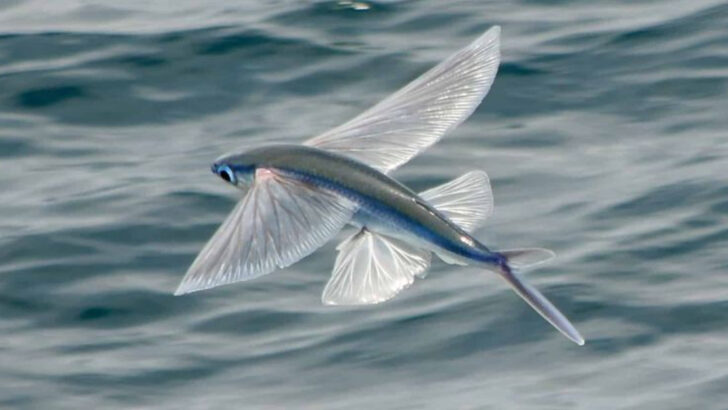Nature is a master of mind-blowing innovation. Some animals have developed abilities so bizarre, they’ll make your jaw drop. Forget the usual survival tactics—these creatures have taken evolution to a whole new level.
Picture an animal that can literally turn invisible, or one that can survive without oxygen for hours. These are the survivalists of the animal kingdom, and they’ve got skills that seem straight out of a sci-fi movie.
From camouflage so perfect it’s impossible to spot, to unique defenses that leave predators in the dust, these animals are living proof that nature doesn’t play by the rules.
Ready to have your mind blown? Let’s dive into the wild world of animal adaptations that will completely change the way you think about survival.
Mimic Octopus
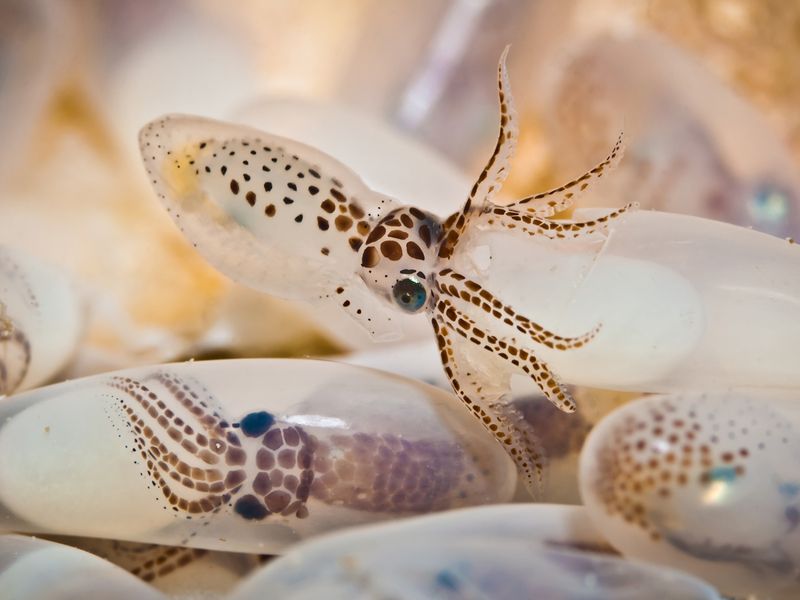
The mimic octopus, found in the murky waters of Indonesia, is a master of disguise. It can impersonate up to 15 different marine species, including lionfish, flatfish, and sea snakes. This incredible ability allows it to avoid predators and sneak up on prey.
Its skin can change colors and textures, providing an additional layer of camouflage. The mimic octopus’s impressive adaptability showcases evolution’s ingenuity. By mimicking the behavior and appearance of venomous creatures, it deters potential threats effectively.
This octopus’s survival strategy is a testament to the complexity and creativity of nature’s designs.
Axolotl
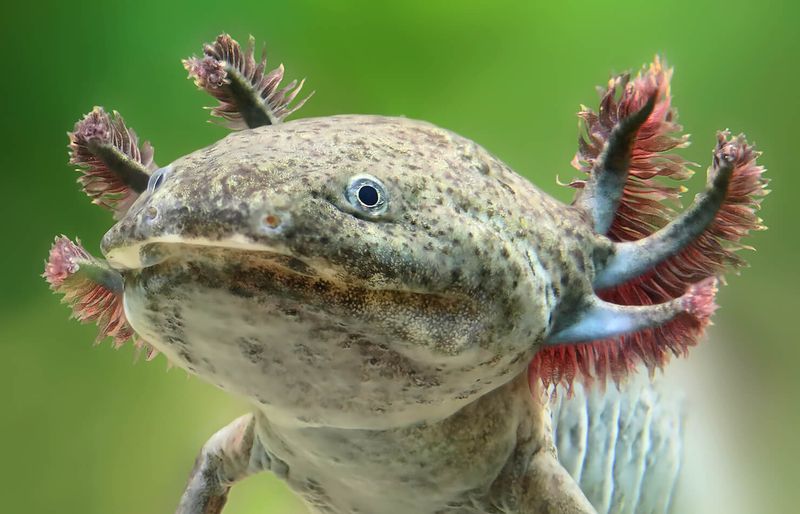
The axolotl, a unique amphibian native to Mexico, possesses an extraordinary ability to regenerate lost body parts. Unlike other salamanders that develop lungs, the axolotl retains its juvenile form throughout its life, maintaining its feathery external gills.
This neoteny allows it to live entirely underwater, avoiding terrestrial predators. Regeneration extends to limbs, spinal cord, and even parts of the heart and brain, making the axolotl a subject of medical research.
Its unique traits highlight a fascinating evolutionary path, displaying how some creatures remain perpetually young while others undergo dramatic transformations.
Thorny Devil
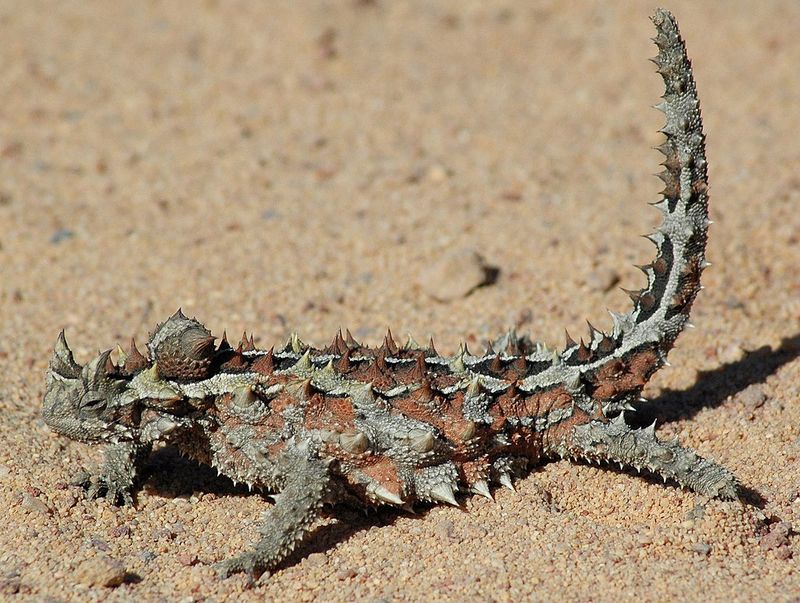
The thorny devil, native to the arid deserts of Australia, is covered in sharp, thorn-like scales that deter predators. Its unique skin can absorb water directly from rain or dew, channeling the moisture to its mouth through capillary action.
This adaptation allows it to thrive in an environment where water is scarce. By mimicking the appearance of a small bush or plant, it can hide from predators.
The thorny devil’s ability to blend into its surroundings and efficiently manage water resources exemplifies nature’s remarkable problem-solving skills.
Tardigrade
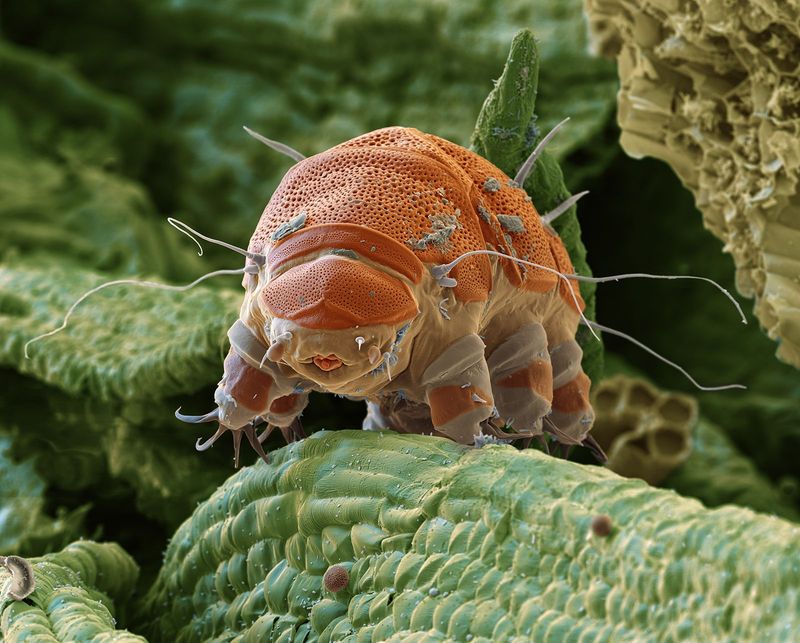
Tardigrades, often called water bears, are microscopic creatures renowned for their resilience. They can survive extreme temperatures, radiation, and even the vacuum of space.
These tiny organisms enter a state called cryptobiosis, where they lose almost all body water and slow their metabolism to near stop. This state allows them to endure harsh conditions for years.
Their unique ability to survive in environments lethal to most life forms demonstrates an incredible evolutionary strategy, proving that size doesn’t determine toughness.
Pistol Shrimp

The pistol shrimp is an underwater marvel known for its powerful claw. By snapping this claw shut at lightning speed, it creates a shockwave strong enough to stun or kill prey.
This snap also produces a loud noise and a flash of light, a rare phenomenon known as sonoluminescence. The pistol shrimp’s hunting technique is a brilliant use of physics, turning sound into a weapon.
Such adaptations showcase the diverse strategies life employs to secure food and highlight the unexpected ingenuity found in the animal kingdom.
Bombardier Beetle
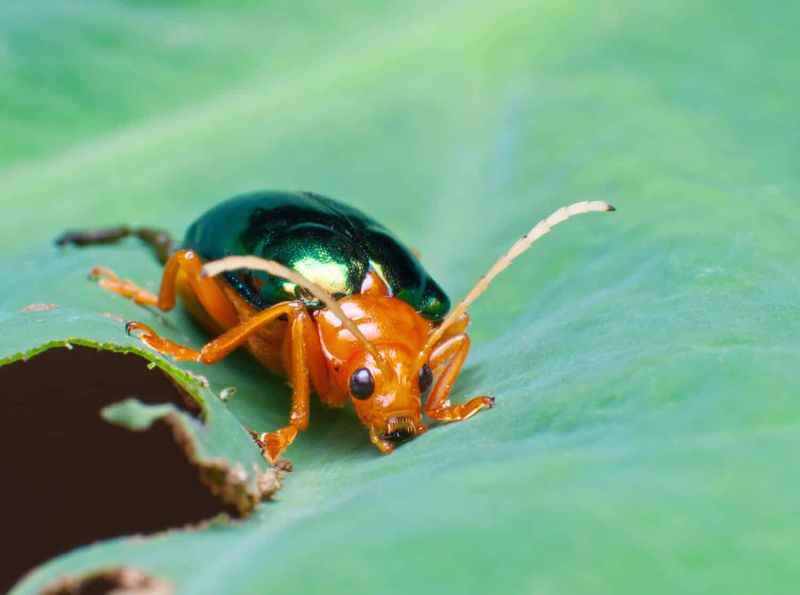
The bombardier beetle has developed a unique chemical defense mechanism. When threatened, it ejects a hot, noxious spray from its abdomen, deterring predators.
This beetle’s ability to mix hydrogen peroxide and hydroquinone within its body, producing a violent reaction, is a remarkable chemical adaptation. The spray is released at high temperatures, making it both startling and effective.
Such a sophisticated defense system illustrates nature’s capacity for innovation, providing a chemical shield that ensures the beetle’s survival against larger threats.
Narwhal
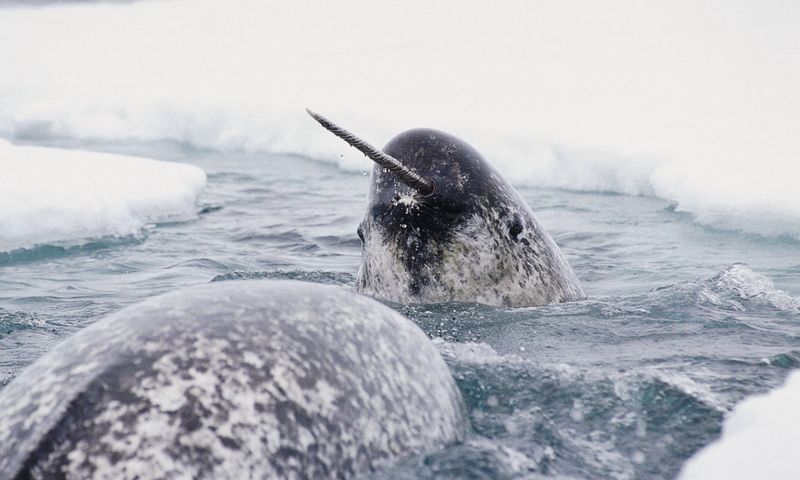
The narwhal, often dubbed the unicorn of the sea, is famous for its long, spiral tusk. This tusk is actually an elongated tooth that can grow up to 10 feet long.
While its exact function is still debated, it is believed to play a role in mating rituals and might serve as a sensory organ. The narwhal’s tusk is covered with nerve endings, allowing it to detect changes in the water around it.
This adaptation highlights both the mysterious and functional aspects of animal evolution, blending beauty with utility.
Glass Frog
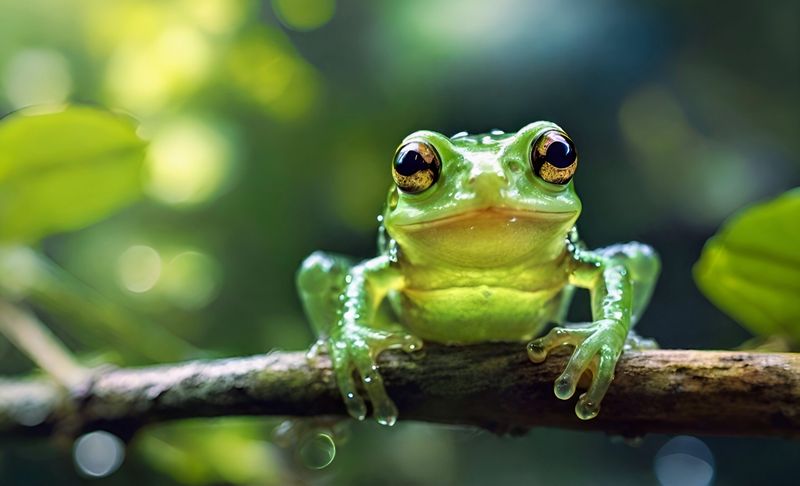
Glass frogs are fascinating amphibians with translucent skin, allowing the observation of their internal organs. Found in Central and South American rainforests, they use this unique trait to evade predators.
By blending into their surroundings, glass frogs can become nearly invisible on leaves. Their transparency is a form of camouflage that works in concert with their nocturnal habits.
This adaptation demonstrates how transparency can be a powerful survival tool, offering a literal peek into the complex strategies employed by creatures to avoid danger.
Electric Eel
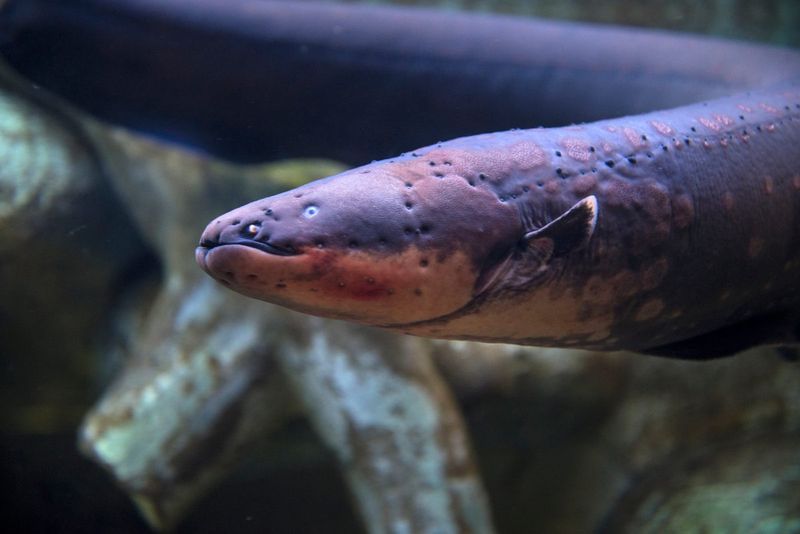
Electric eels are known for their shocking abilities, capable of generating electric currents up to 600 volts. Found in the Amazon and Orinoco basins, they use electricity to hunt, communicate, and navigate.
These eels possess specialized cells called electrocytes that work like tiny batteries. By coordinating the discharge, they can stun prey or deter predators.
The electric eel’s adaptation showcases the potential of bioelectricity, providing a dynamic tool for survival in murky waters where visibility is limited.
Chameleon
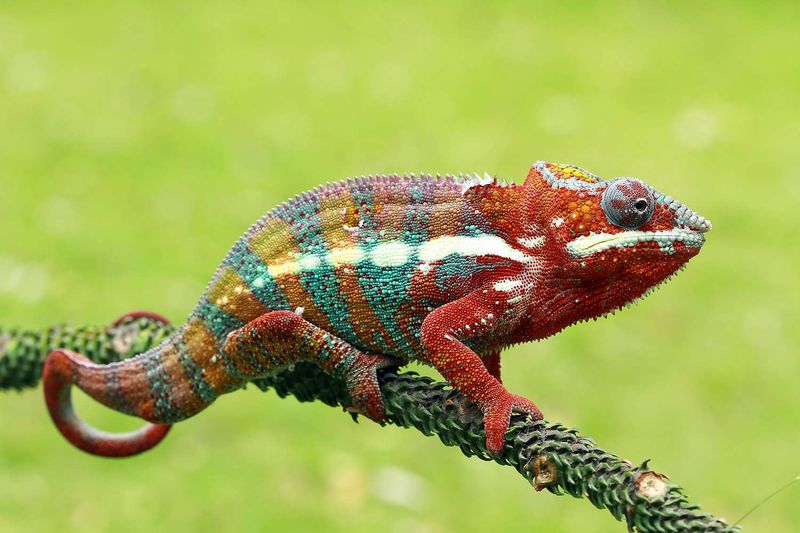
Chameleons are famous for their ability to change colors. This adaptation is not just for camouflage but also for social signaling and temperature regulation.
Found in Africa and parts of Asia, chameleons have specialized cells called chromatophores that allow them to blend into their surroundings or stand out to potential mates. Their eyes move independently, providing a 360-degree field of vision.
These combined adaptations make chameleons exceptional hunters, capable of staying hidden while monitoring the world around them.
Archerfish

Archerfish are remarkable hunters with the ability to shoot jets of water with precision to knock insects off branches into the water.
Found in Asia and Australia, these fish have a unique mouth structure that enables them to target prey accurately from a distance. Their sharp eyesight and advanced neural processing allow them to adjust for refraction when aiming.
The archerfish’s adaptation illustrates the creative ways animals can exploit their environment to gain a feeding advantage, achieving what seems impossible in their watery domain.
Star-nosed Mole
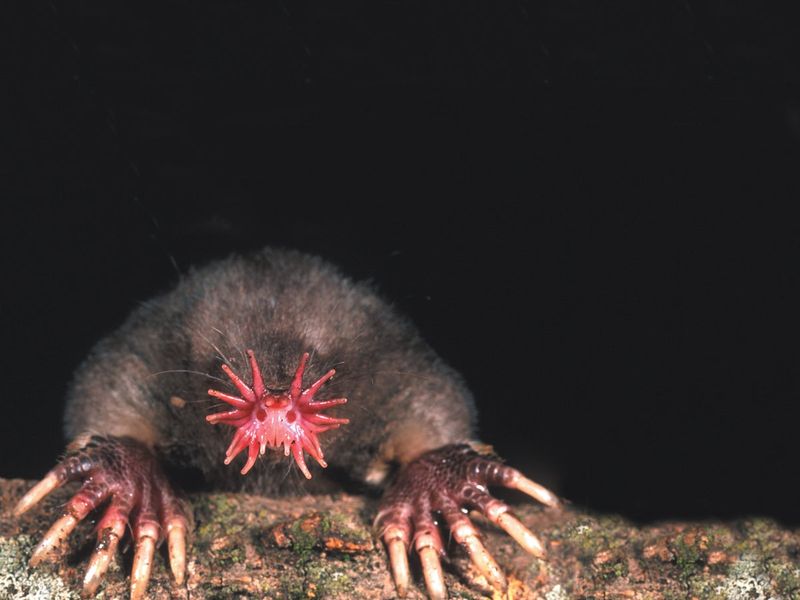
The star-nosed mole is a small mammal known for its extraordinary snout, which features 22 fleshy appendages.
This unique nose is packed with sensory receptors, allowing the mole to detect prey in the dark, moist environments it inhabits. It can identify and consume prey faster than any other mammal.
The star-nosed mole’s adaptation exemplifies how sensory enhancements can open new ecological niches, providing a competitive edge in challenging habitats.
Platypus
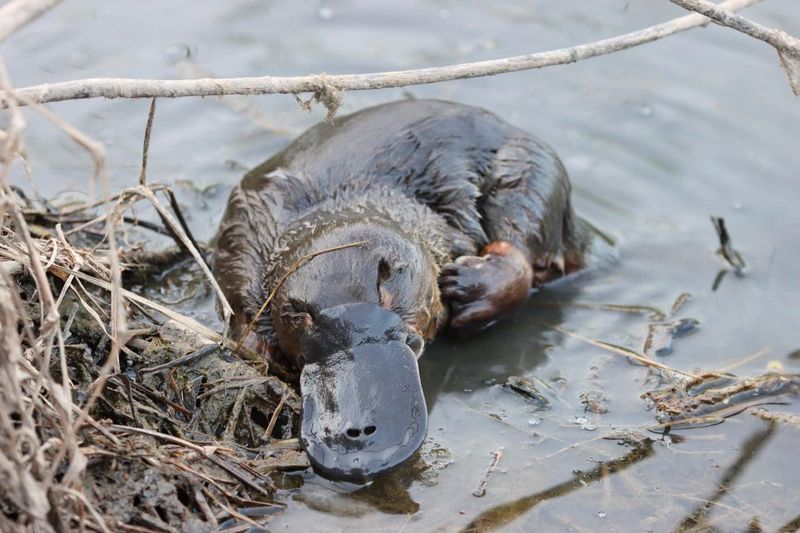
The platypus is an unusual mammal, known for its duckbill and webbed feet. Found in eastern Australia, it lays eggs and possesses electrolocation abilities.
This tool allows the platypus to detect electric fields generated by the movements of prey underwater. Its distinctive features and reproductive method make it one of the most unique creatures.
The platypus’s adaptations reflect a blend of reptilian traits and mammalian characteristics, challenging our understanding of mammalian evolution.
Immortal Jellyfish
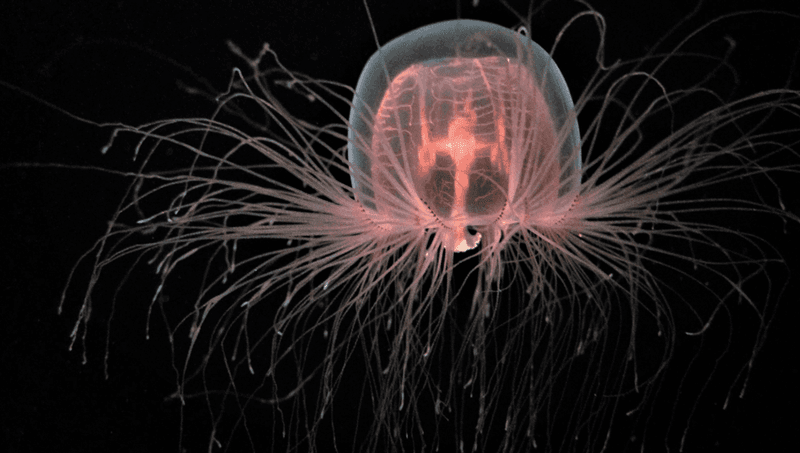
The immortal jellyfish has a unique life cycle that allows it to revert to its juvenile form after reaching maturity.
Found in oceans worldwide, this process, known as transdifferentiation, enables the jellyfish to escape death by effectively resetting its biological clock.
While not truly immortal, this adaptation provides a fascinating insight into the possibilities of biological regeneration, hinting at potential applications for understanding human aging.
Alpine Ibex

The Alpine ibex is a master of vertical terrain, capable of climbing steep, rocky cliffs with ease. Found in the European Alps, its hooves have a specialized grip that allows secure footing on narrow ledges.
This adaptation helps them evade predators and access scarce vegetation. The ibex’s remarkable climbing skills are a testament to nature’s ability to engineer creatures perfectly suited for their environment.
By thriving in seemingly inhospitable places, the Alpine ibex exemplifies resilience and adaptability.
Leaf-Tailed Gecko
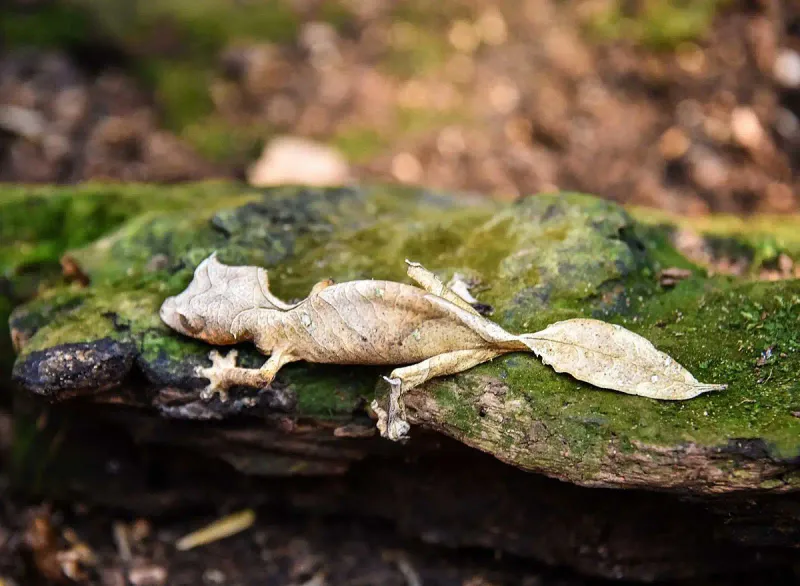
The leaf-tailed gecko is a master of disguise, blending seamlessly into its surroundings. Found in Madagascar, its tail resembles a leaf, complete with intricate veins and colors.
This camouflage provides excellent protection against predators, as the gecko can flatten its body against tree trunks. Its ability to mimic leaves highlights the power of natural selection in shaping survival strategies.
The leaf-tailed gecko’s adaptation allows it to remain hidden in plain sight, showcasing the beauty of evolutionary design.
Wood Frog
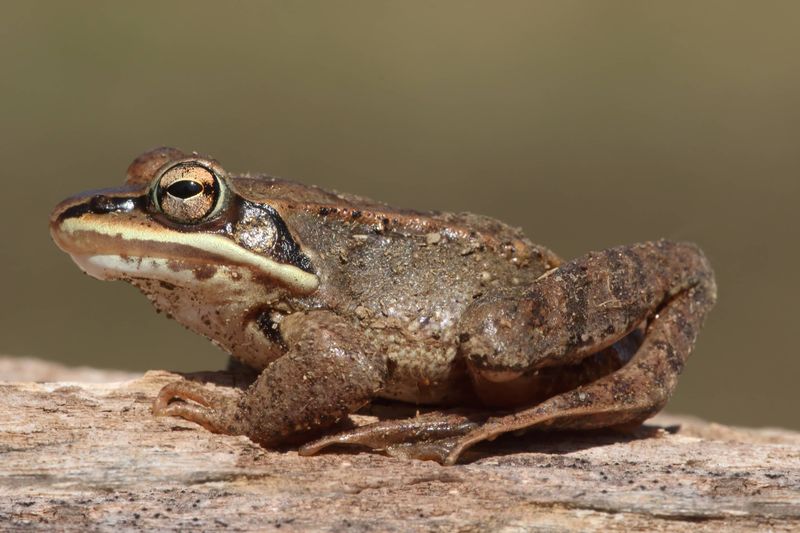
The wood frog has an extraordinary ability to survive freezing temperatures. Found in North America, it enters a state of suspended animation during winter.
Its body can freeze solid, with its heart stopping and metabolic processes ceasing. When temperatures rise, the frog thaws and resumes normal activity.
This adaptation allows the wood frog to inhabit regions with harsh winters, demonstrating a remarkable strategy for overcoming extreme environmental challenges.
Sea Cucumber
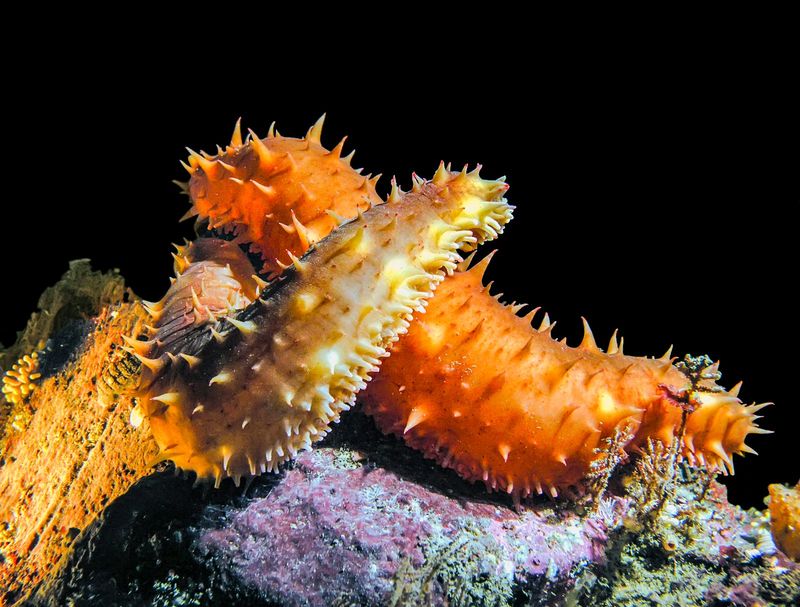
Sea cucumbers have a fascinating defense mechanism: they can expel their internal organs to startle predators. Found in oceans worldwide, these organs can be regenerated over time.
This adaptation allows sea cucumbers to deter threats without the need for physical confrontation. Their ability to regenerate lost parts exemplifies nature’s resilience and adaptability.
The sea cucumber’s strategy highlights how organisms can employ unconventional methods for survival in challenging environments.
Fennec Fox
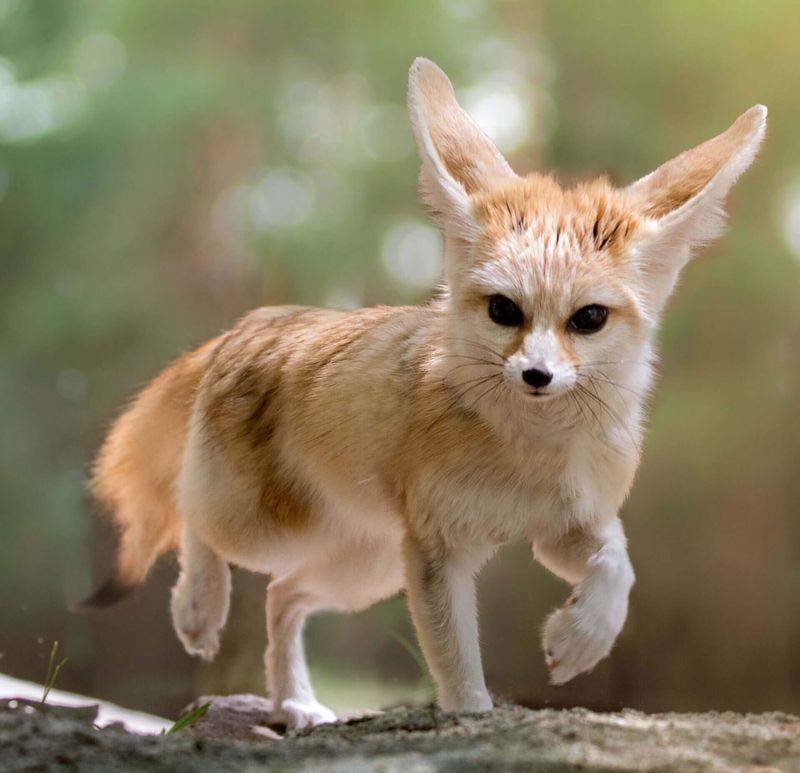
The fennec fox, native to the Sahara Desert, is well-adapted to harsh desert life. Its large ears dissipate heat and enhance hearing, allowing it to detect prey and predators in the sandy landscape.
Its sandy-colored fur provides camouflage, while its kidneys are highly efficient at conserving water. The fennec fox’s nocturnal habits help it avoid daytime heat, making it a true desert survivor.
This fox’s adaptations illustrate the intricate balance of form and function in surviving extreme conditions.
Lyrebird
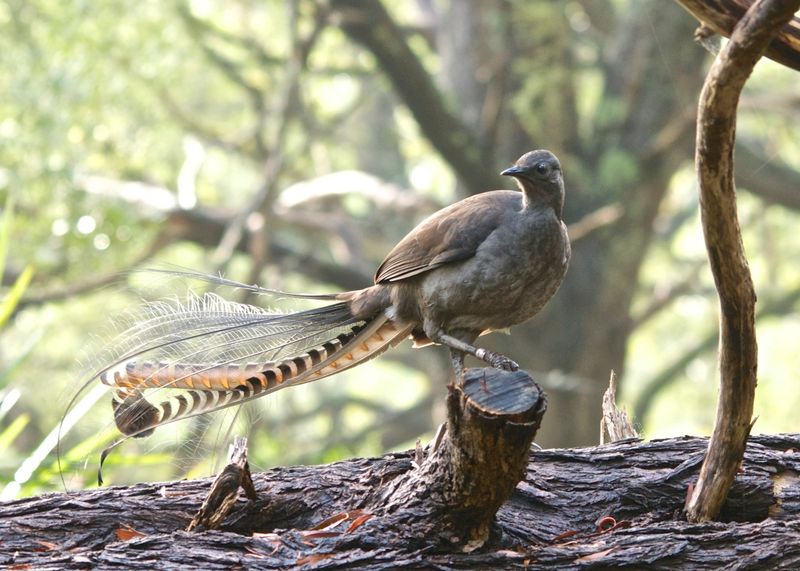
The lyrebird, native to Australia, is an extraordinary mimic. It can imitate natural and artificial sounds, including chainsaws and camera shutters.
This ability is used in mating displays, as males showcase their vocal skills to attract females. The lyrebird’s mimicry highlights the complexity of communication in the animal kingdom.
Its impressive auditory repertoire exemplifies the role of sound in evolutionary success, adding a layer of intrigue to these forest-dwelling birds.
Mantis Shrimp
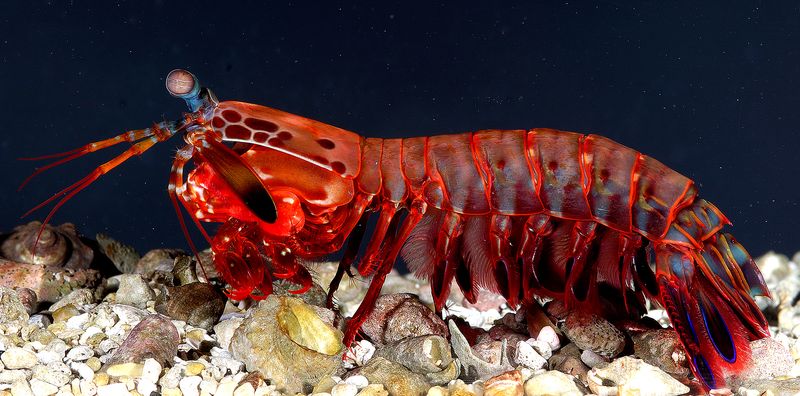
Mantis shrimp are vibrant marine crustaceans known for their powerful strike. They can deliver a punch at speeds comparable to a bullet, used to break shells and capture prey.
Their eyes are among the most complex in the animal kingdom, capable of detecting polarized light. This visual acuity aids in hunting and avoiding predators.
The mantis shrimp’s adaptations demonstrate a combination of strength and sensory prowess, showcasing evolution’s capacity to produce highly specialized creatures.
Flying Fish
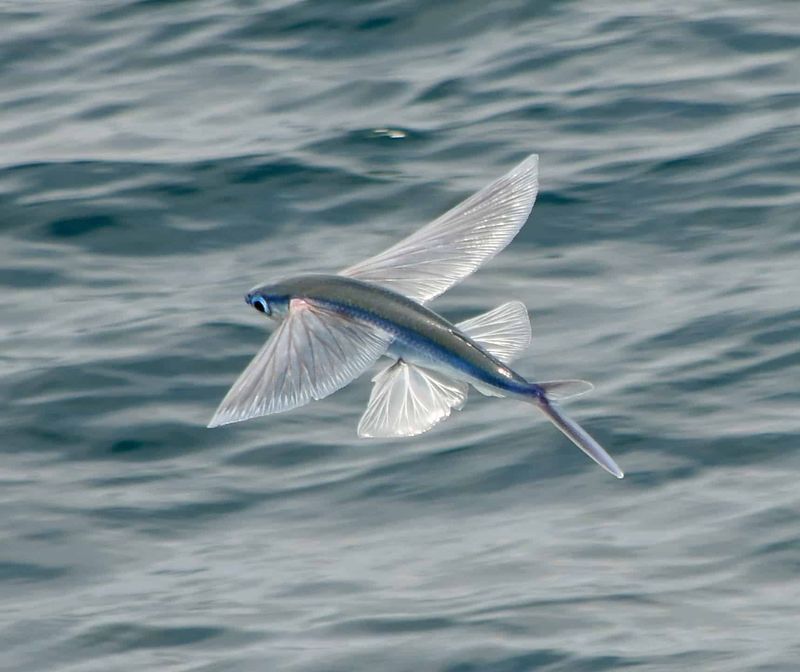
Flying fish can glide above the water’s surface to escape predators. Found in warm ocean regions, their pectoral fins act as wings, allowing them to soar for short distances.
This adaptation provides a unique escape mechanism, reducing the likelihood of capture by underwater predators. The flying fish’s ability to exploit both air and sea exemplifies the versatility of evolutionary strategies.
Their gliding flights serve as a reminder of the diverse tactics animals employ to navigate the challenges of survival.

